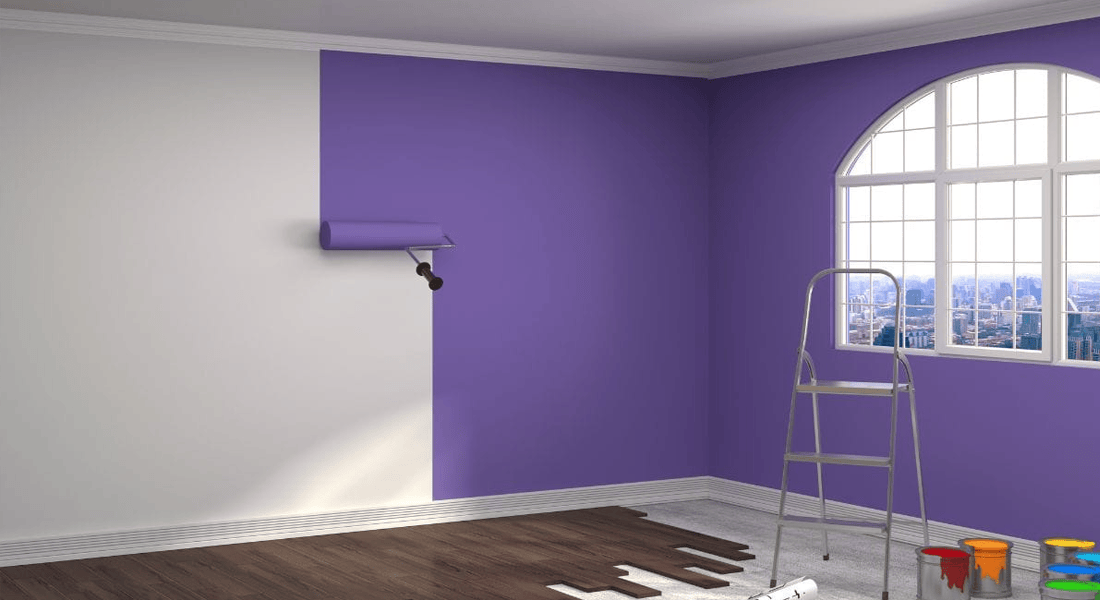When it comes to painting projects, there are many important details to consider—such as how the paint is applied or how it is mixed. However, there is another equally critical stage that often gets overlooked: the drying process. Paint drying is just as important as the application itself because the final result depends on it. Without proper drying, achieving a smooth, durable, and professional finish is almost impossible.
Key Considerations in Paint Drying
There are several factors to pay attention to during the drying process:
- Choosing the right drying method: Whenever possible, professional drying machines should be used. These devices ensure that carefully applied paint dries properly without being compromised.
- Avoiding reliance on natural drying alone: Leaving paint to dry naturally often takes too long and exposes the surface to potential damage.
- Prioritizing professional tools: With modern drying equipment, the painted surface achieves the best possible result in less time and with fewer risks.
Options for Paint Drying
There are generally two main options for drying paint:
- Natural Drying (Time-based):
Paint can be left to dry on its own. However, this method is inefficient in terms of time and leaves the painted surface vulnerable to dust, dirt, and accidental damage. - Machine Drying (Recommended):
Using industrial paint drying equipment provides faster, safer, and more reliable results. It reduces waiting time and ensures the paint sets evenly, resulting in a more professional outcome.
The Importance of Proper Drying
Many people underestimate the significance of the drying stage, assuming the paint will eventually dry on its own. While true, this method wastes time and risks ruining the finish. Paint left to dry unprotected for long periods can be damaged easily.
On the other hand, machine drying significantly reduces these risks. By controlling temperature and humidity, the process not only shortens drying time but also ensures the paint achieves its intended color, texture, and durability.
